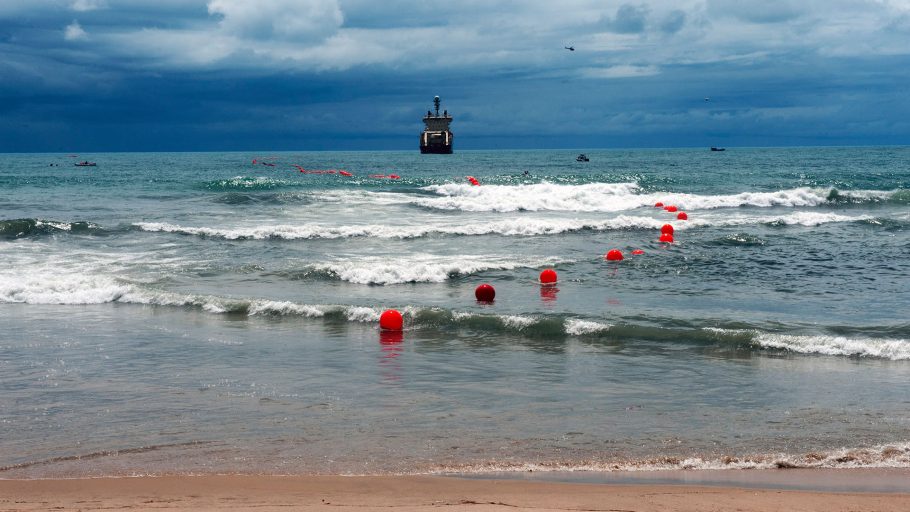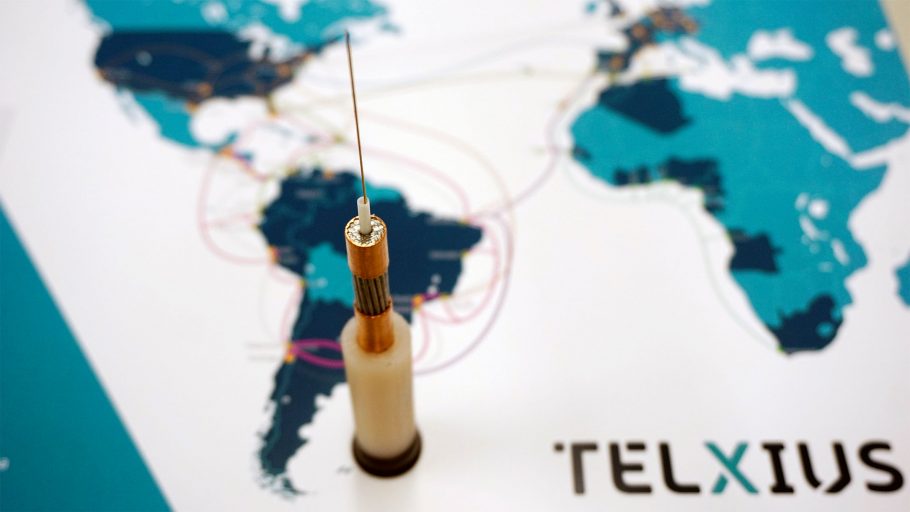The telecommunications infrastructure industry allows for massive amounts of data to flow through our mobile phones, computers and connected devices. As our current society is more digital than ever, the telecommunications sector has become a critical source of innovation and disruption across all industries: new technologies depend on Internet growth to sustain themselves.
From mobile coverage to speed and capacity, a revolutionary future lies ahead for a world with 5G, autonomous driving, cloud applications and analytics for a current 4.2 billion Internet users – that’s more than half of our world’s population. As Telxius CEO Mario MartТn explains, “the growing demand for infrastructure is driven by the fact that all network operators are starting to prepare for the requirements of 5G.”
Global data traffic is expected to reach 175 zettabytes by 2025, and most of the related data will reside in the cloud and data centers, arriving via submarine cables. Undersea communications are a key asset to prepare our world for global business and to ensure customer access to vast amounts of data. At Telxius, we are building transportation for tomorrow’s big ideas.

Northern Virginia is considered to be the capital of the Internet and is home to the world’s largest concentration of cloud computing infrastructure. It is estimated that 70% of total global traffic passes through “Data Center Alley” – the Ashburn area – with direct connections to Virginia Beach. Virginia Beach is now a key point for transatlantic communications thanks to MAREA and BRUSA, the first two cables to land in the biggest city in Virginia. Both cables have been open for business since 2018.
ULTRA HIGH CAPACITY COMMUNICATIONS BOOSTING GROWTH AND INVESTMENT
MAREA and BRUSA provide ultrahigh transmission capacity to carry high speed transatlantic and intercontinental communications with the most innovative subsea infrastructure. In addition, they provide alternative routes not explored before. For example, MAREA lands further south than other transatlantic cables, and this provides route diversity to ensure that our communications can choose between different routes to reach their destinations. This means a robust solution for communications worldwide.
ABOUT THE AUTHOR
With more than 25 years of experience in telecoms, Rafael Arranz has held offices as Sales and Capacity & IP Executive Vice President at Telefónica International Wholesale Services. Mr. Arranz holds a telecommunication engineering degree from Madrid Polytechnic University. Since 2016 he has been Chief Operating Officer of Telxius Cable Business.

